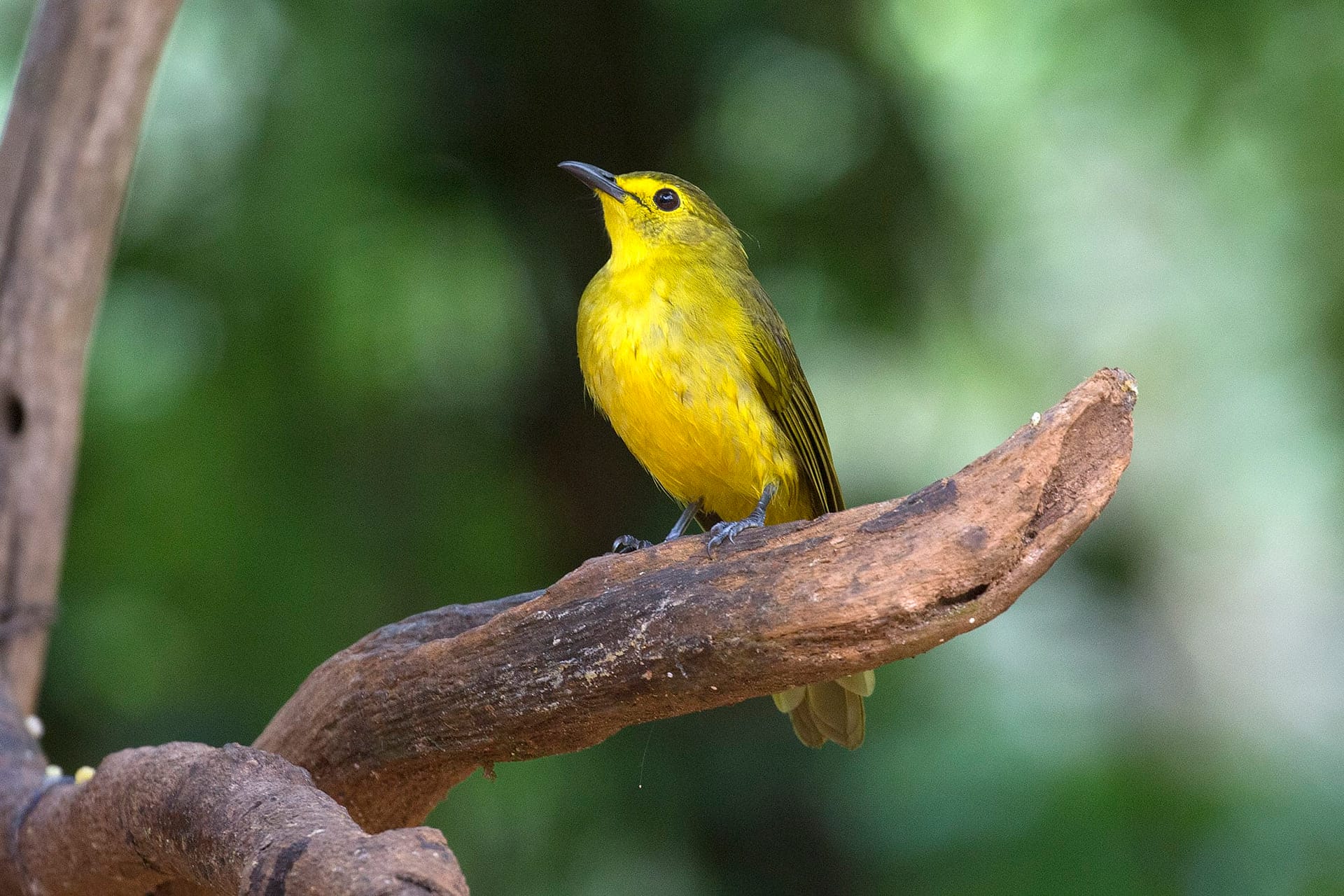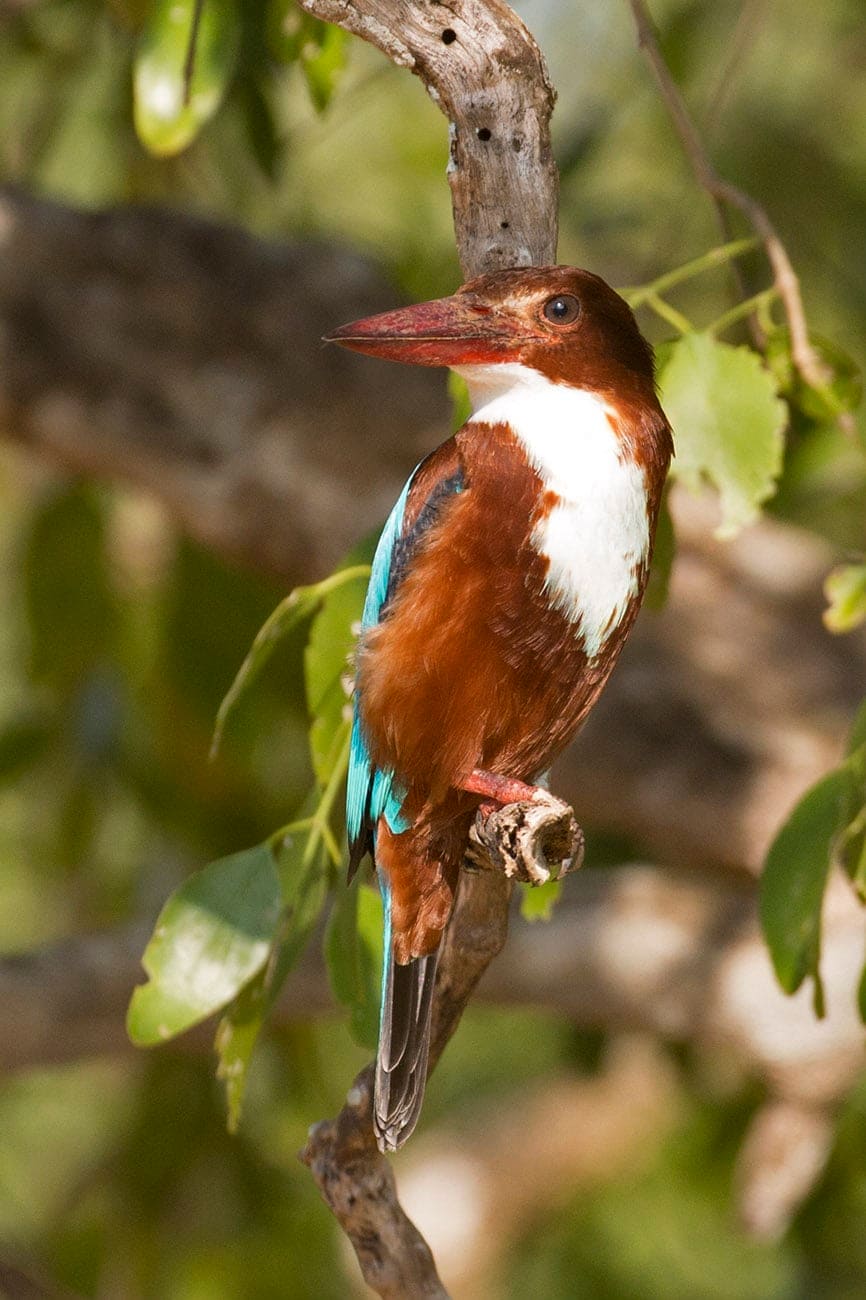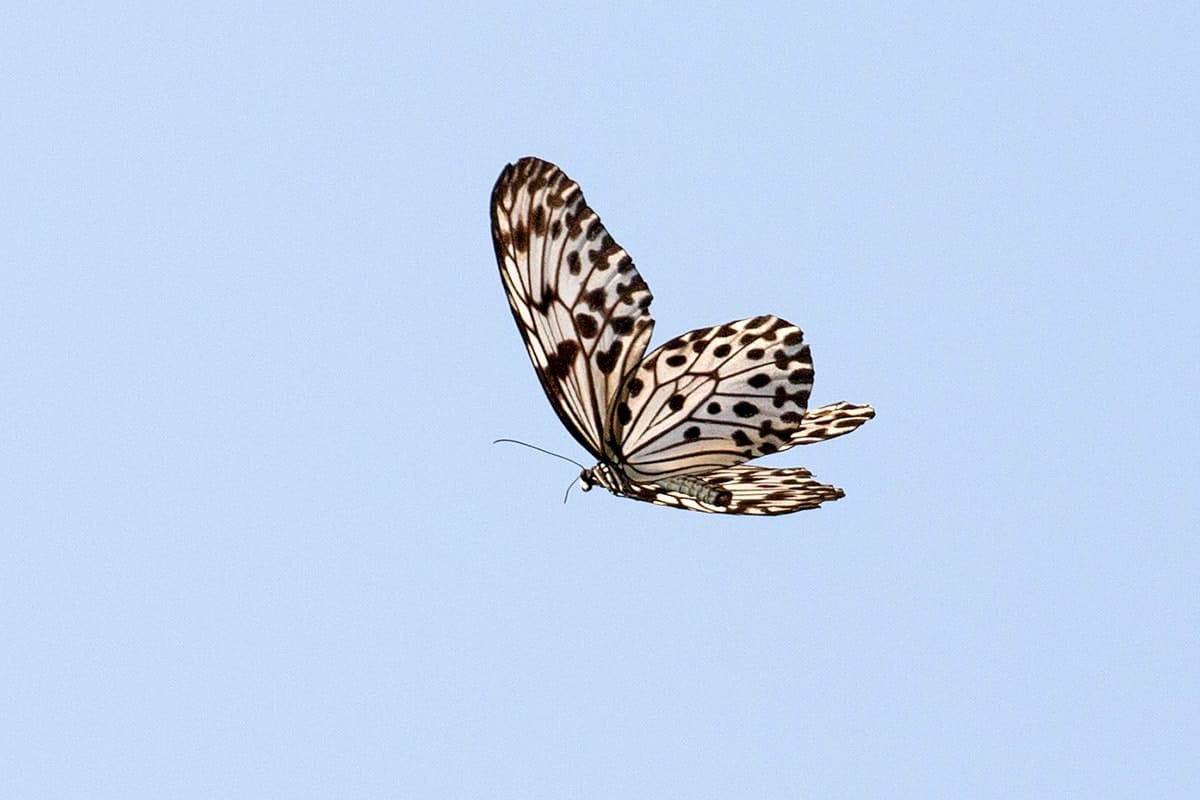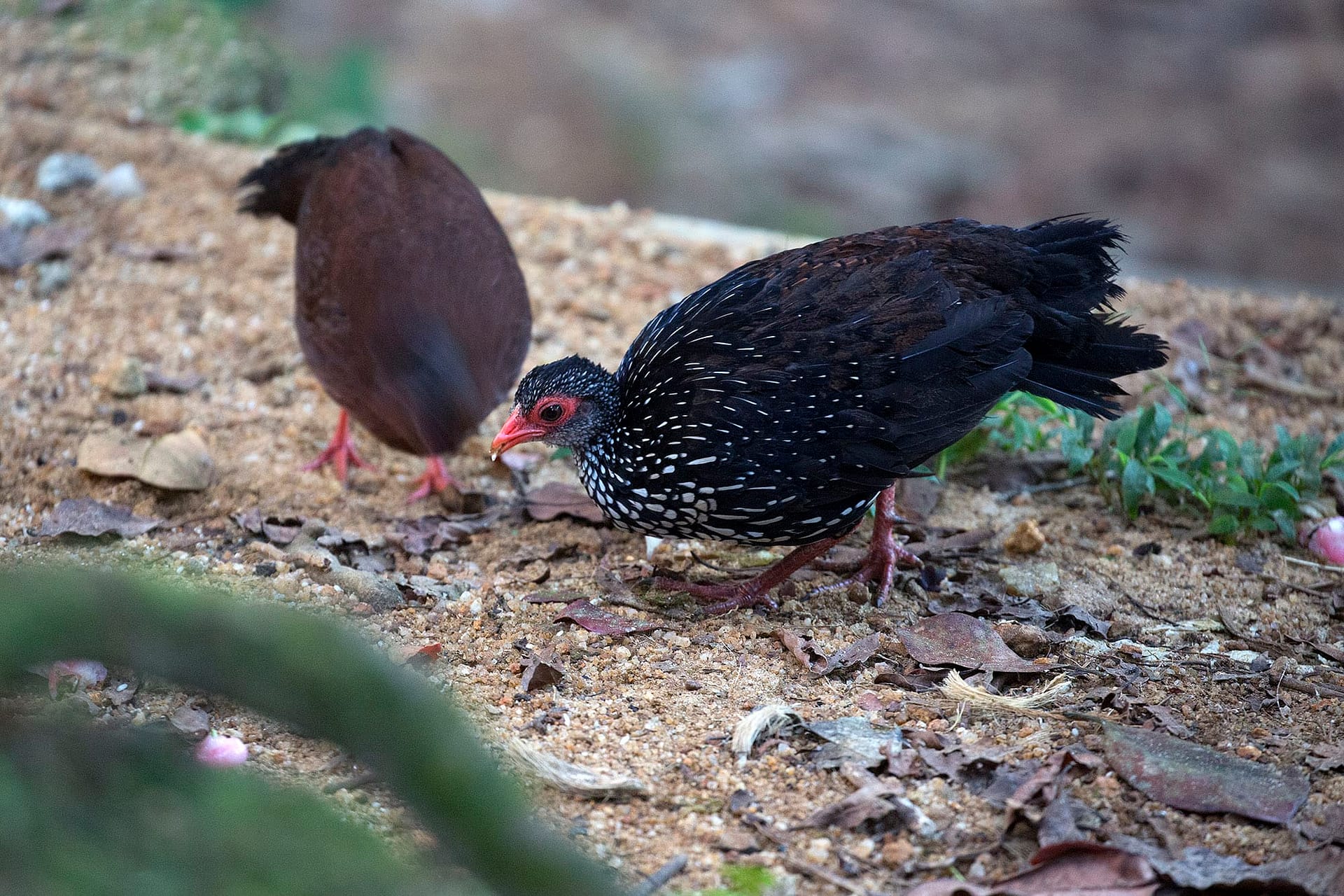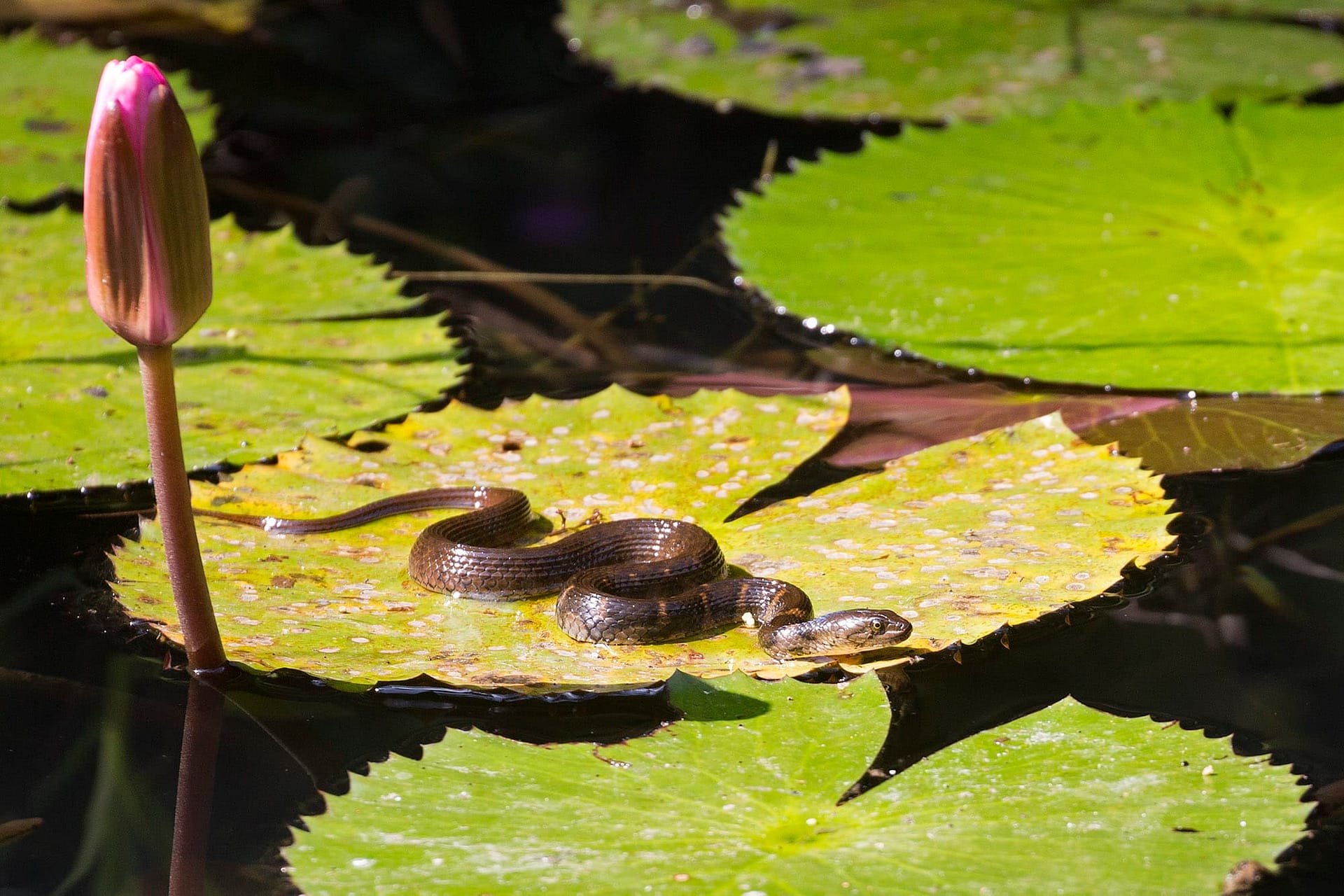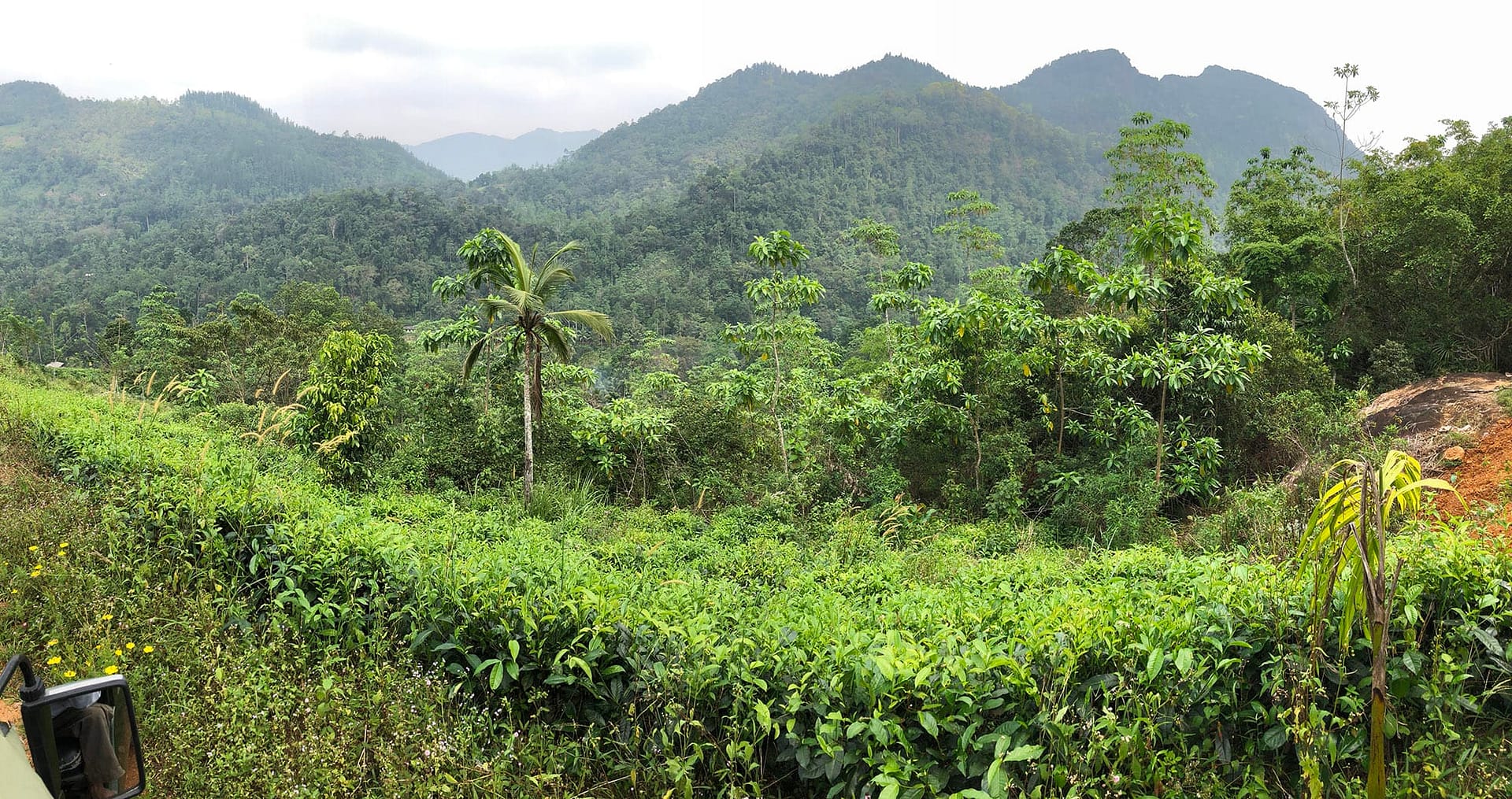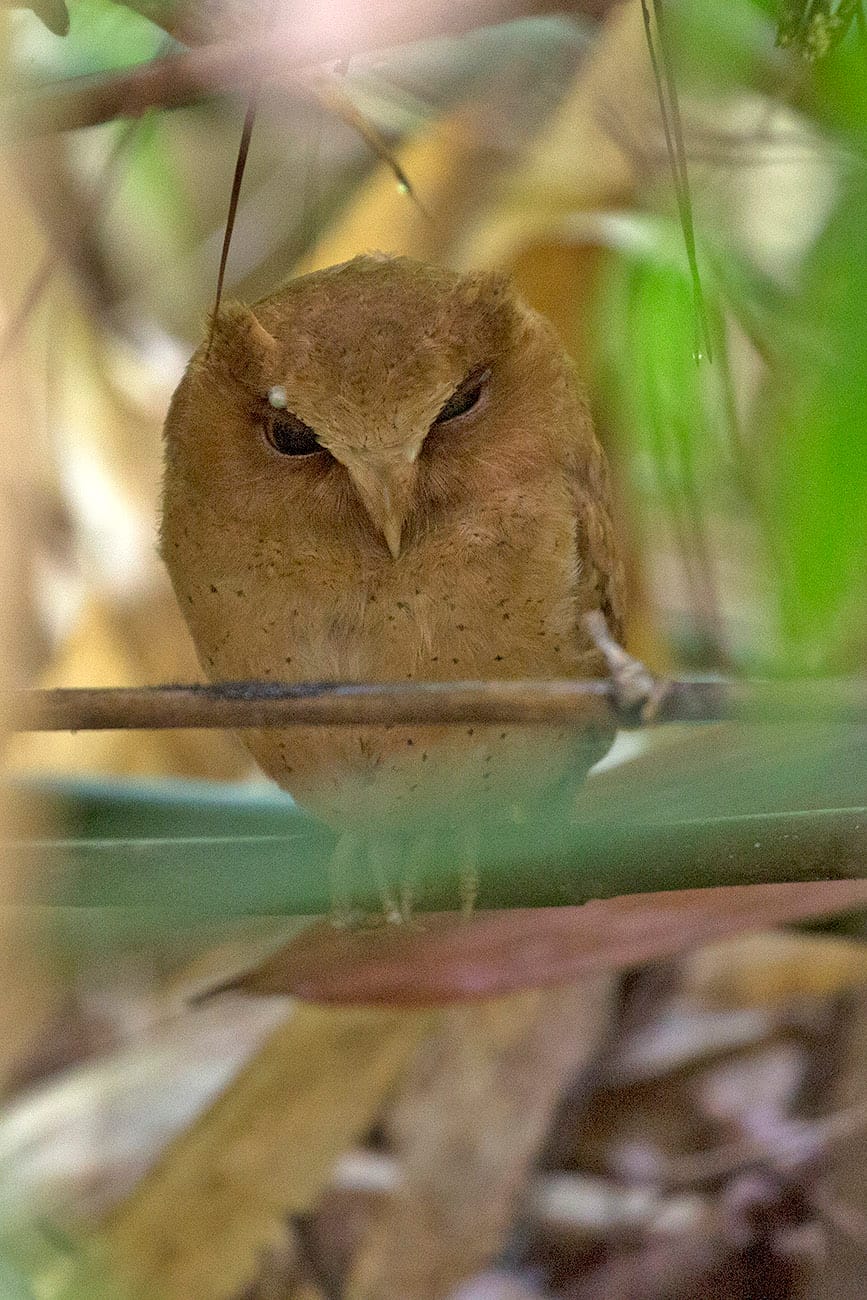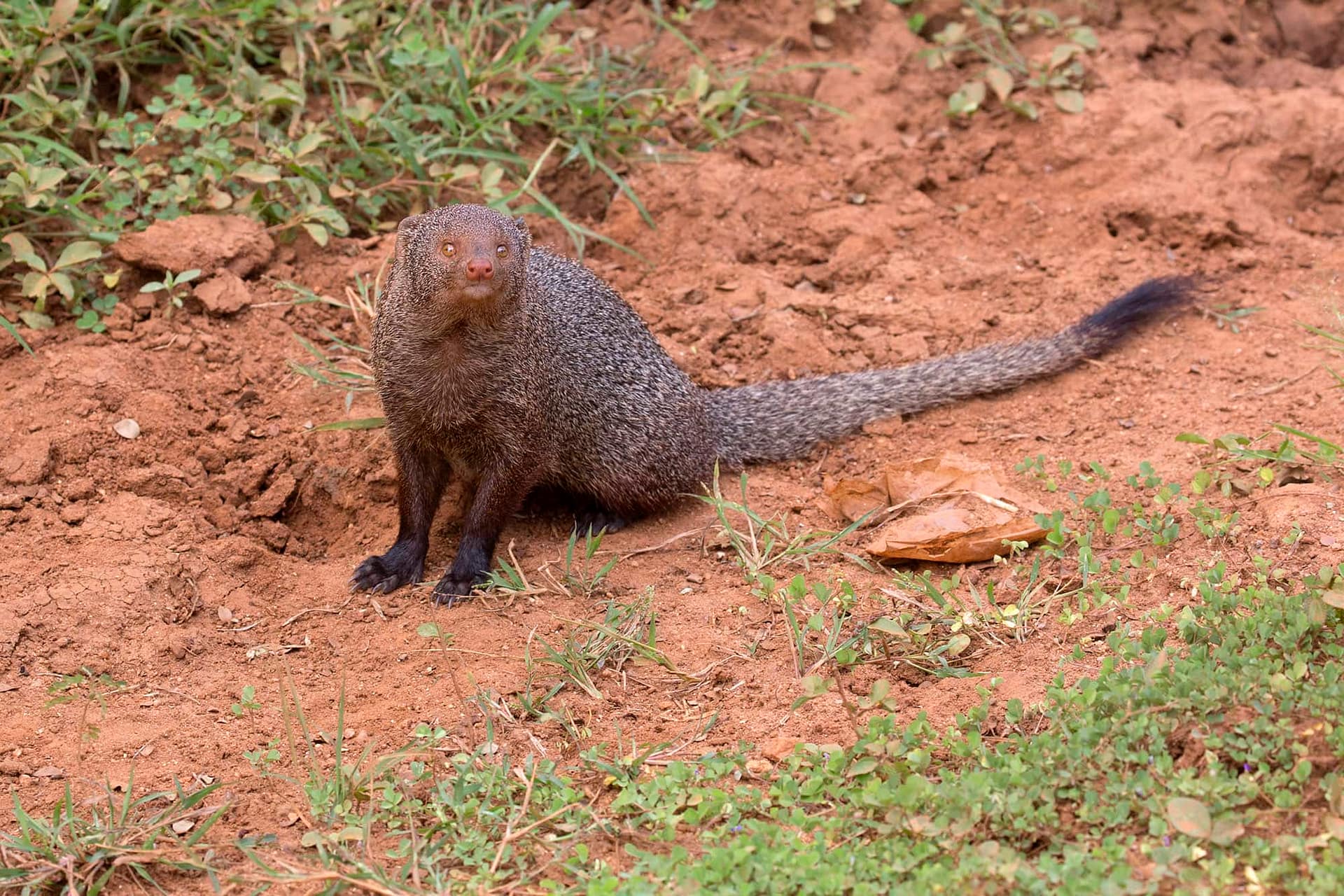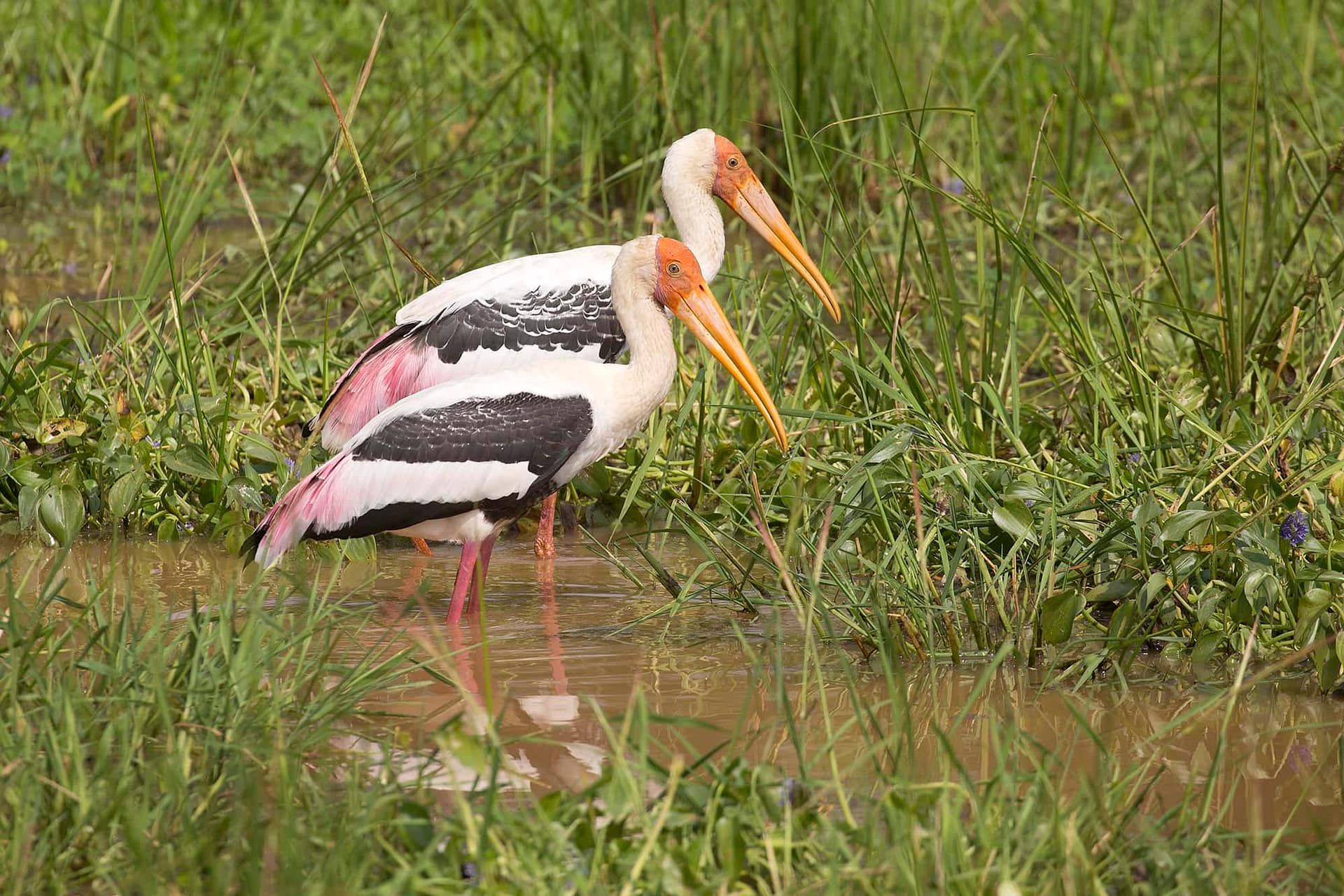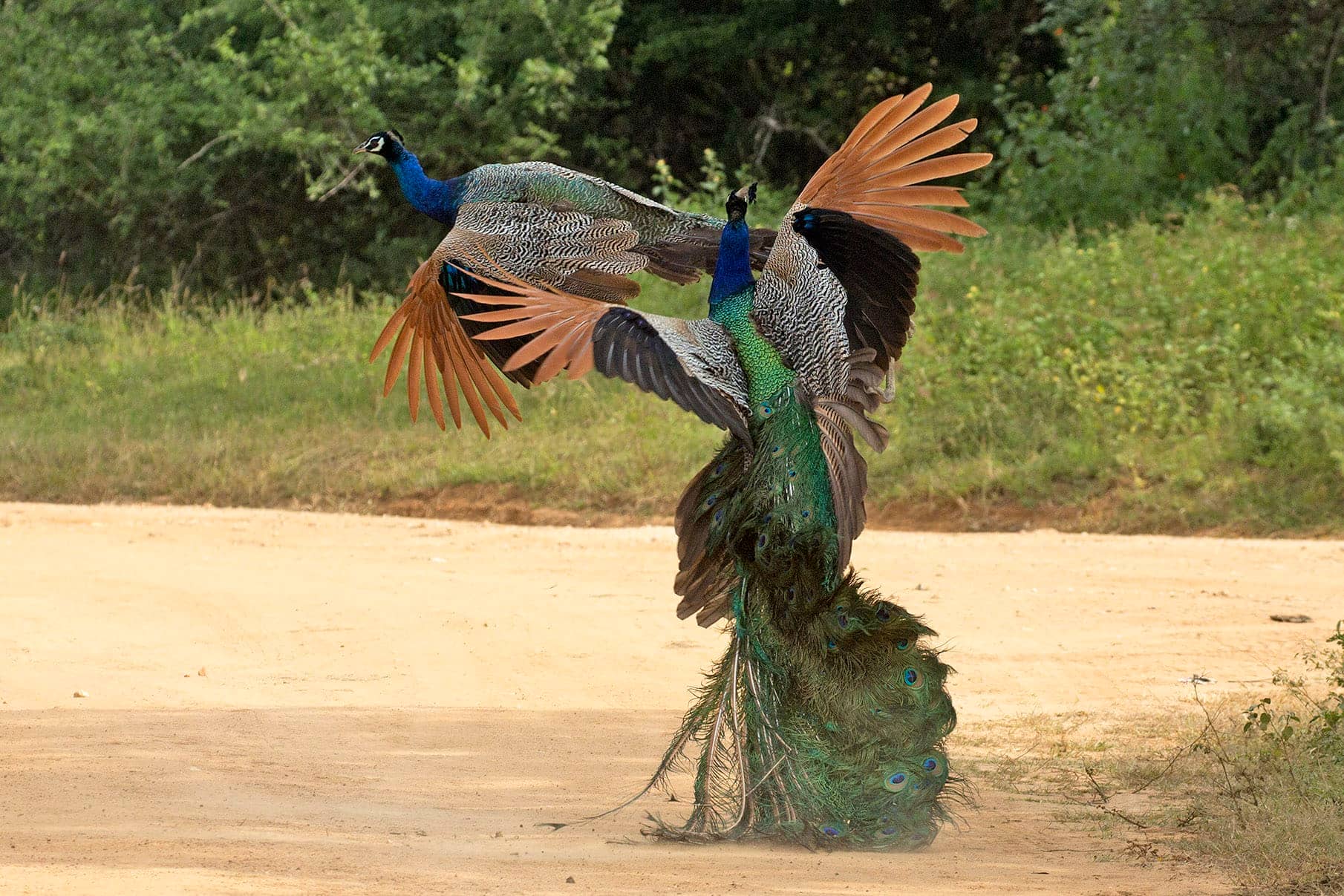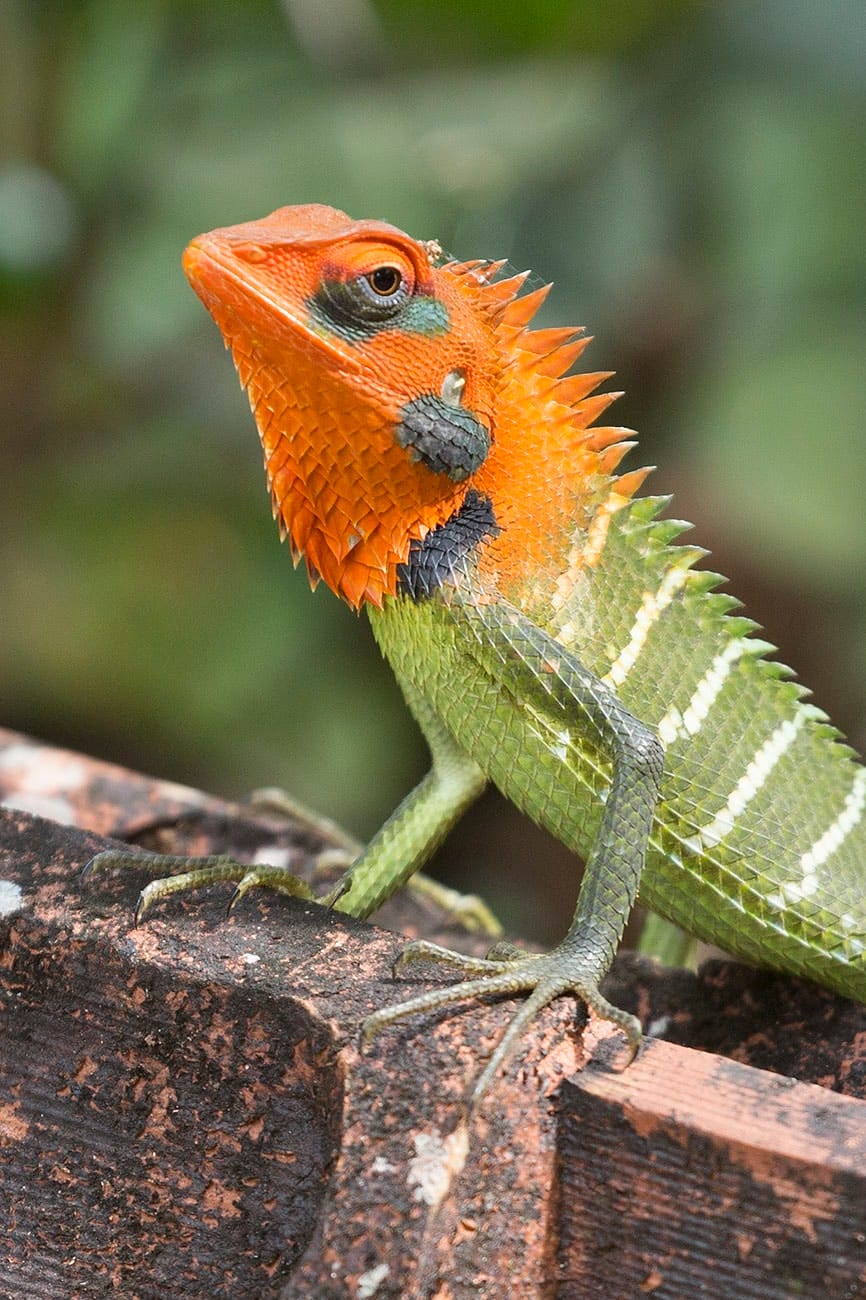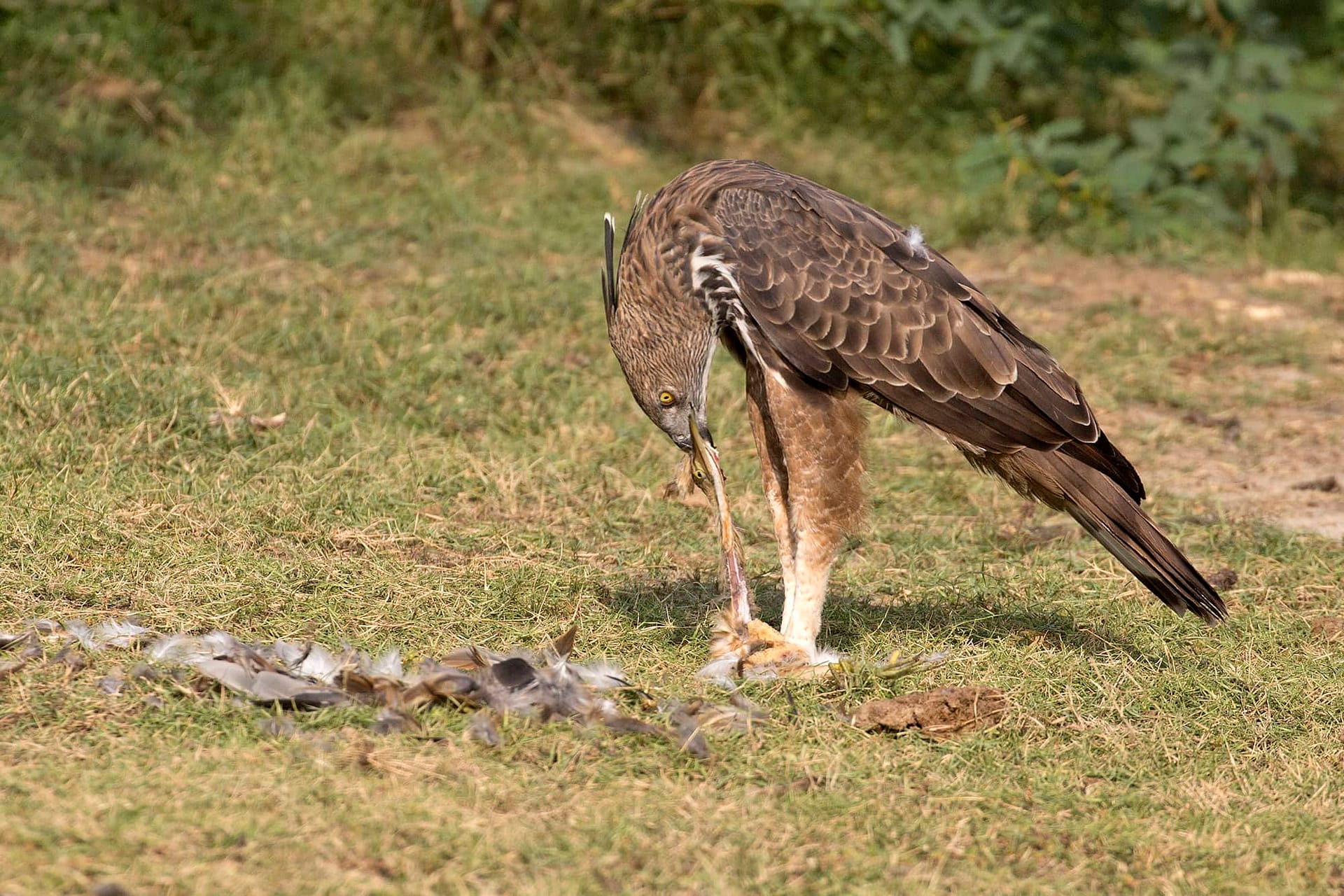SRI LANKA 2025-03: Endemic Birding & Wildlife Safari

TOUR FOCUS
BIRDS & WILDLIFE
SCHEDULED TOURS
TRIP LEADERS
TOUR COST
From: $6,200 (See details)
Cost is per person, double occupancy from Colombo, Sri Lanka (CMB)
GROUP SIZE
4 Participants
AVAILABILITY
4 spaces open
PRIVATE TOUR OPTION
This tour is available as a private trip for any size group. The tour cost will vary with the number of people and any custom requests.
TESTIMONIALS
Highlights of SRI LANKA 2025-03: Endemic Birding & Wildlife Safari
Description of SRI LANKA 2025-03: Endemic Birding & Wildlife Safari
Sri Lanka boasts a colorful cultural and rich natural heritage, making it one of the most enticing wildlife destinations in the world. This friendly island nation, situated off the southern tip of India, features iconic mega fauna such as leopards, elephants and sloth bears, and more than 30 species of endemic birds including Sri Lanka Frogmouth, Blue Magpie, Crimson-fronted Barbet, Chestnut-backed Owlet and the recently-described Serendip Scops Owl. The country teems with an array of wildlife, highlighting biodiversity comparable to that of a much larger continent. We’ll explore a range of picturesque landscapes and diverse habitats, from lush tropical rainforests and coastal lagoons, to misty highlands and dry lowland scrub forests, enjoying world-class birding and mammal-watching, delicious cuisine, and warm hospitality of this beautiful island country.
Length of Tour
12-days/11-nights
Brief Itinerary:
Day 1: Arrive Colombo
Day 2: Transfer to Sinharaja
Day 3-5: Sinharaja Forest Preserve
Day 6: Transfer to Nuwara Eliya
Day 7: Horton Plains National Park
Day 8: Transfer to Yala
Day 9-11: Yala National Park
Day 12: Bundala National Park; Transfer to Colombo
Detailed Itinerary:
Day 1: Arrive Colombo
Upon arrival at the Bandaranaike International Airport [CMB], we will be welcomed by our local naturalist guide and transferred to our nearby hotel, check in and spend the remainder of the day at leisure after a long flight.
Time permitting, we can explore the hotel grounds which are a great place to start our birding adventure, hoping to find our first endemic, Crimson-fronted Barbet. Overnight: Hotel Tree of Life
Day 2: Transfer to Sinharaja
After breakfast, leave Colombo and journey towards the lush southern lowlands of Sinharaja, our first birding base. Roadside stops along the way are likely to produce Blue-tailed Bee-eater, White-throated Kingfisher, White-bellied Drongo, Indian Roller, Sri Lanka Swallow, Scaly-breasted Munia, Brown Shrike, Indian Jungle Crow, Yellow-billed Babbler, Oriental Magpie-Robin, Ashy Woodswallow and several raptors, including Crested Serpent Eagle and Changeable Hawk-Eagle.
Any body of water en route will likely attract Red-wattled Lapwing, Indian Pond Heron, and Asian Openbill, and we might also observe Yellow, Black and the rare Cinnamon Bittern, in marshes. We reach our lodge in Sinharaja for lunch, and check in for the first of our 4-night stay.
The afternoon will be spent birding the lodge premises and surrounding gardens bordering the forest. Amongst the regular visitors are Yellow-fronted Barbet, Sri Lanka Hanging Parrot, Sri Lanka Green Pigeon, Orange-billed Babbler, Layard’s Parakeet, and and we will keep an eye out for Legge’s Flowerpecker along with Purple-rumped Sunbird and Pale-billed Flowerpecker nectaring on the flowers. Overnight: 4 nights at Blue Magpie Lodge
Day 3, 4 & 5: Sinharaja Reserve
With 3 full days to explore the forest trails we expect to cover all the possible lowland endemics and enjoy encounters with some of the smaller creatures, snakes and lizards that inhabit this wonderful reserve.
A highlight of birding in Sinharaja is seeing flocks of mixed-species, a strategy adopted by birds in the tropics to maximize feeding efficiency and reduce the risk of predation; these flocks are likely to be led by Orange-billed Babbler and Sri Lanka Drongo. The star of such flocks is often the enigmatic Red-faced Malkoha – a canopy dwelling endemic, with a remarkable ability to melt away into dense thickets. White-faced Starling also keep to the canopy, Malabar Trogons hawk insects in the sub-canopy and remains largely silent while Ashy-headed Laughingthrush are found in lower levels of the flock, often scratching the forest floor for insects.
We will observe how the people of this village live side by side with nature while visiting a homestead that attracts the elusive Sri Lanka Spurfowl. Another highly sought bird is the Serendib Scops Owl. First discovered in 2004, and only found in the lowland rainforests of the island, it is well camouflaged during the day. It wont be our only owl! Chestnut-backed Owlet, along with other endemics Sri Lanka Grey Hornbill, Green-billed Coucal, Spot-winged Thrush, Sri Lanka Hill Myna, Black-capped Bulbul, the secretive Sri Lanka Thrush and brilliantly colorful Sri Lanka Blue Magpie are sure to delight.
Day 6: Transfer to Nuwara Eliya
Following breakfast we will commence our ascent to reach the cooler interiors of Nuwara Eliya (1,890m). We will stop for any ‘good’ birds noted along the way, but principally the morning is for driving today. As we ascend, vast stretches of tea gardens dominate the landscape, a cash crop introduced by the British, with world famous Ceylon Tea, currently the country’s third-highest revenue earner!
After checking into our hotel we will spend the remainder of the afternoon exploring Victoria Park. This urban park is a great place to start our highland birding and a prime location for migrants such as Kashmir Flycatcher and Pied Thrush, which winter almost exclusively in Sri Lanka. Yellow-eared Bulbul, Dull-Blue Flycatcher, Sri Lanka White-eye and Sri Lanka Scimitar Babbler are some of the endemic birds to be found in this park. Overnight: 2 nights at Hotel Heaven Seven
Day 7: Horton Plains National Park
We have an early start, with packed breakfast, to get to the high montane habitats of Horton Plains National Park, a unique spot with misty forests, stunted trees and vast open plains of grasslands. We enter at dawn in search of highland endemic specialties: the most famous of which is the mythical Sri Lanka Whistling Thrush, an elusive bird that tends to be more active in heavy mist conditions, and known more for its shrill call than sightings. We will target other species including Sri Lanka Bush Warbler, Brown-capped Babbler, Crimson-backed Flameback, Yellow-eared Bulbul, Dull-blue Flycatcher, Sri Lanka White-eye, and Sri Lanka Wood Pigeon. Mixed-species flocks found in this forest, comprised of both white-eye species, Orange Minivet, Velvet-fronted Nuthatch, Grey-headed Canary-flycatcher, and Bar-winged Flycatcher-shrike.
In the afternoon we work our way back to Nuwara Eliya, where the time will be spent on looking for any species which we may have missed in the surrounding area.
Day 8: Yala National Park
This morning we work our way to the lowlands along the south east coast with our destination being Yala, Sri Lanka’s premier National Park. This afternoon we begin with the first of our safaris by jeep into Yala. While it is most famous for having the highest density of Leopards, we hope to also encounter Asian Elephant, Sloth Bear, Spotted Deer, Wild Boar, Mugger Crocodile and Water Buffalo. The birding is also excellent with common species such as the Sri Lanka Junglefowl, Indian Peafowl, Sirkeer Malkoha, Blue Faced Malkoha, Lesser Adjutant, White-breasted and Common Kingfisher, Woolly-necked Stork, Eurasian Spoonbill, Black-headed Ibis, Barred Buttonquail, Spot-billed Pelican, Great and Indian Thick-knee, Yellow-wattled Lapwing and Grey-bellied Cuckoo. We’ll keep an eye out for the endemic Sri Lanka Woodshrike and likely hear Jerdon’s and Indian Nightjar at dawn. Overnight: 4 nights at Mandara Rosen
Day 9: Yala National Park and Tissa Wetlands
A return to the park for a morning wildlife drive, with more focus on searching for Leopard and Sloth Bear, amongst wonderful birding.
After lunch we head outside the park towards Tissa wetlands. This area is wonderful for an array waterbirds such as Black, Yellow, and Cinnamon Bitterns, Watercock, Eurasian Curlew, Marsh Sandpiper, Wood Sandpiper, Green Sandpiper, Lesser and Greater Sand Plover, Kentish and Little Ringed Plover, Little Stint, Red-necked Phalarope, Small Pratincole, Striated Heron, Eurasian Spoonbill, Black-necked Stork, Little and Indian Cormorant, Oriental Darter, Spot-billed Pelican, Black-tailed Godwit, Caspian, White-winged, Whiskered, Common, Little, Greater and Lesser Crested Tern, Brown-headed Gull, and Greater Flamingo. Other species possible in the area may include Clamorous (Indian) Reed Warbler, Eurasian Hoopoe, Ashy-crowned Sparrow-Lark, Yellow-crowned Woodpecker and Ashy Drongo. With the help of local contact we look for roosting Brown Fish Owl and visit village gardens, to observe Jungle Owlet and Oriental Scops Owl. At dusk we witness the extraordinary spectacle of thousands of egrets flying in to roost, as the sky fills with giant fruit bats, Flying Foxes, leaving their daytime roosts for their nightly foraging.
Day 10 and 11: Yala National Park
We have two full days within the park. This gives us our best chance to cover as much ground as possible increasing our chances of seeing and photographing the elusive Leopard, along with many other species. We will have to be patient, often entailing time waiting, listening for alarm calls of Spotted Deer and Grey Langur, in anticipation for the arrival of the apex predator, or following pug marks along the sandy tracks in hope that the big cat will be seen around the next corner! We will also check the Kirinda and Nimalawa mudflats close to the Palatupana entrance, which are often excellent for waders.
Day 12: Bundala National Park; transfer to Colombo
For our last morning, we head towards Bundala National Park, a RAMSAR site teeming with wetland species. Some of the species possible here include Painted Stork, Greater Painted-snipe, Common Ringed Plover, Terek, Broad-billed and Curlew Sandpiper, Ruff, White-bellied Sea Eagle, Grey-headed Fish Eagle, as well as Orange-breasted Green Pigeon, Blue-faced and Sirkeer Malkoha, Chestnut-headed Bee-eater, Indian Pitta, Forest Wagtail, Oriental Skylark, Yellow-eyed Babbler, Rosy Starling, Streaked and Baya Weavers, and Indian Silverbill. We will have lunch on our way back to Colombo, aiming to reach the airport late afternoon, for our evening flight home.
Please note that this itinerary is a guideline, and while we hope to do everything on this birding safari, activities are subject to change, due to circumstances beyond our control.
Cost
$6,200 per person, based upon double occupancy, from Colombo, Sri Lanka (Airport code CMB).
This trip ends in same as arrival city (Airport code ).
Single Supplement and other Cost Additions
If a single room is preferred, or we are unable to find a suitable roommate for you, a single supplement fee of $625 will be assessed.
Deposit Requirements
A $500 deposit per person is required to hold each space on this tour. Deposit may be made online by clicking the "Book Your Trip Now" button and using any credit card. If you prefer, you may call us at 888-875-9453 to pay by phone. You may also mail us a check, however, remember that all space is held on a first come-first served basis as deposits are received.
How to Book
In order to hold your space, click the "Book Your Trip Now" button above and complete the deposit process, including payment of the deposit through our Paypal portal using ANY CREDIT CARD. Upon completion of deposit, please visit our secure, online CLIENT INFORMATION FORM to complete your registration.
Final Payment
For all land-based tours: full payment by check is due 120 days prior to the departure date.
For all boat-based adventure cruises of 7-days or longer: full payment by check is required 180 days prior to departure.
NOTE: If you prefer to use credit card for final payment, a 3% fee may be added to cover the credit card merchant fees we incur.
A mix of levels of accommodations from more basic at Sinharaja to excellent at Yala.
Activity Level Rating: 3 (Note: 1 is easy and 5 is difficult)
A moderate degree of fitness is required. We will be walking 2-6 miles a day. Much of the trip will be over dirt trails, often uneven surfaces and terrain of various degrees of steepness.
 Recommended Field Guide:
Recommended Field Guide:
Birds of Sri Lanka
(Helm Field Guides, 2nd edition, 2013)
by Deepal Warakagoda, Carol Inskipp, Tim Inskipp and Richard Grimmett
You will need to get a Visa also known as an ETA (Electronic Travel Authorization) to enter Sri Lanka. This is will need to be applied for Online prior to our trip.
This trip is for non-smokers only. Smoking is not permitted at any time during our tour.
Purchasing Flights
Do not purchase your flights until the trip has been confirmed to go.
Detailed Trip Information
Upon notification that final payment is due (120 days prior to departure for land based tours / 180 days for boat based tours), you will receive a trip package of detailed information for your tour.
Any additional information about the trip, including lodgings, contacts, participants, meeting locations, etc., will sent about 2 weeks prior to the trip departure, or after final payment is received for late registrants.
Travel Insurance
As with all tours, we recommend purchasing Travel Insurance to help cover your investment, for covered reasons. Please see our section on Travel Insurance.
Passport & Visa
US Citizens may require a visa to enter certain foreign countries. See above for any required visa information.
Participants arriving to the USA from a foreign country may need to get a travel visa to enter the United States. Be sure to check the requirements for your country of origin.
Itinerary Changes
The trip itinerary is developed many months ahead of time. Occasionally, despite our best planning, changes may occur during the trip, or we may be forced to alter our plans. Changes may occur because of weather, road conditions, safety concerns or other circumstances. In these situations, it is the leader(s) responsibility to carefully consider and implement appropriate alternatives. Any additional costs incurred because of changes will be the responsibility of each individual participant. Refunds will not be issued as a result of itinerary changes.




